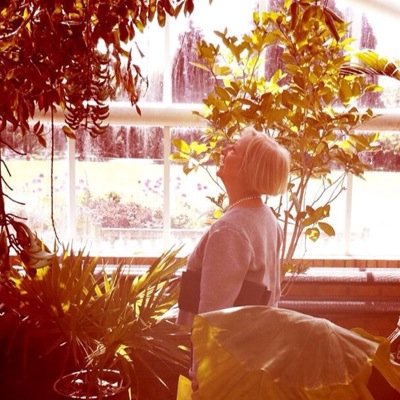#AlwaysSomeonesTreasure
An antique craftsman made a plate of serpentine stone c100BC-100AD
The shoal of lively #gold fish may hv bn inlaid in the 4/5thC
& 400 yrs after that a mid/late 9thC #Carolingian court goldsmith mounted it in gold w/ cloisonné garnets & gemstones (1/2)
17. Had they ever been? Archaeological finds show a well-populated landscape throughout the Anglo-Saxon period. The ‘loneliness of the wide wilderness’ seems after all to have described an internal, religious mentality rather than the actual landscape.
22. I hope you think this is a bit interesting - rather niche, I know 🤗. It adds so much to commons as one walks/travels thru them. They give the appearance of not much happening when in fact they have so much to tell us about collectivity & history in the British landscape. END
11. So here’s some pasture held under private property rights - the farmer controls access to his grassland and in this way is able to manage the stock and the land to ensure both the former’s health and the latter’s long-term productivity & sustainability.
9. (1) that’s an awful lot of friendly agreements to make and maintain; (2) each lasts only for the person’s lifetime (being optimistic); (3) people can always change their minds; & (4) it wd take just one cussed individual to disrupt the whole process by refusing to participate.
‘Is this the best bronze lion of all time? [Ed.: YES, it is!] It was commissioned by Henry the Lion in the late 12thC to stand on a plinth outside, and between, his castle & church’ - magnificent image & text from @LloyddeBeer on Instagram via https://t.co/9GNPZ19iWb
Alignments of #BronzeAge barrows in prehistoric Jutland were used to guide transhumant herds making their way between settlements & far-distant #pastures, & as statements of #common rights to specific areas of grazing. See https://t.co/9Mx083TOqD
1. There are a lot more Brittonic than OE place-names; 2. there’s no sign that fenland was divided between them; 3. and the interspersed pattern suggests that these were local, bilingual communities who used the language most useful at the time of naming. END
The blue dots(place-names) & squares (river-names) show Brittonic place-name elements &/or refer to communities with late Romano-British traditions. The red diamonds show early Old English place-name elements. The map is remarkable for 3 things ...
Early place- and river-names in the East Anglian fenland suggest that most people - at least part of whose ancestry could be traced into prehistoric Britain - spoke two, or sometimes more, languages. And there’s no evidence that they were divided by the languages they spoke (1/3)












